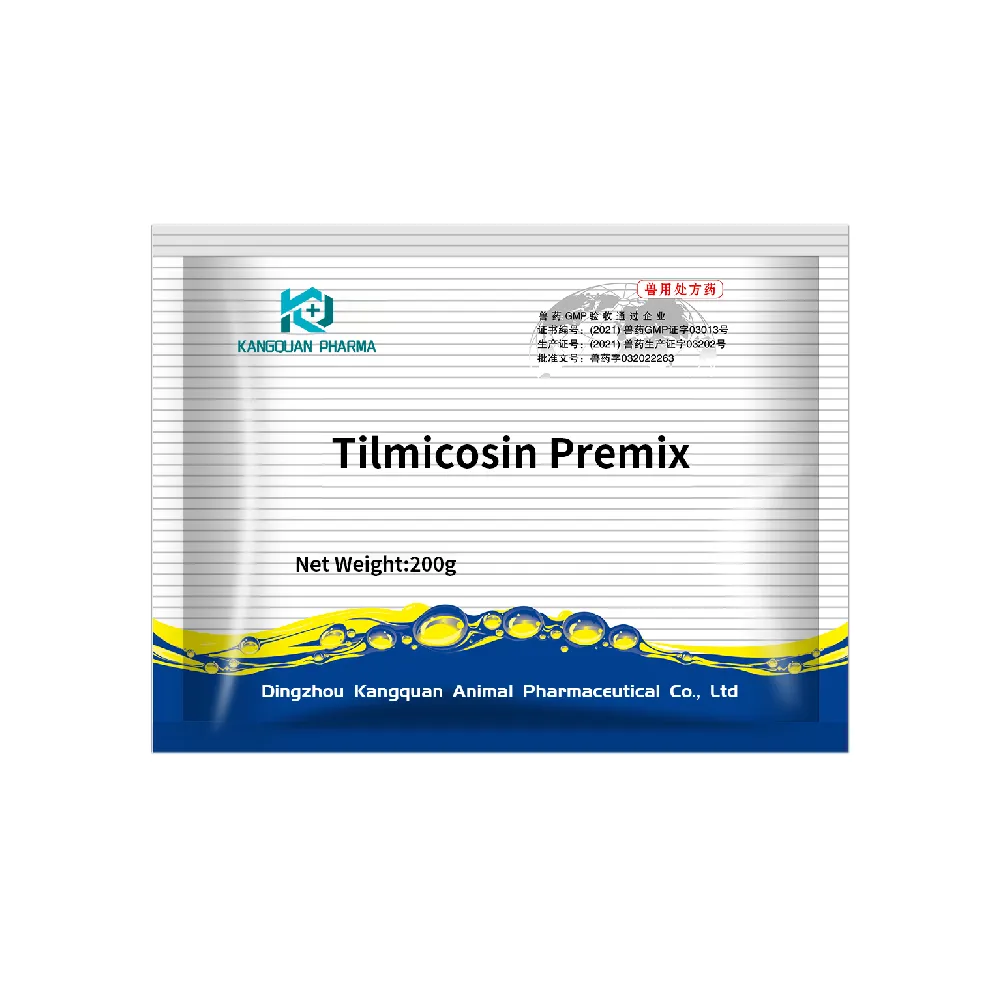- Afrikaans
- Albanian
- Amharic
- Arabic
- Armenian
- Azerbaijani
- Basque
- Belarusian
- Bengali
- Bosnian
- Bulgarian
- Catalan
- Cebuano
- Corsican
- Croatian
- Czech
- Danish
- Dutch
- English
- Esperanto
- Estonian
- Finnish
- French
- Frisian
- Galician
- Georgian
- German
- Greek
- Gujarati
- Haitian Creole
- hausa
- hawaiian
- Hebrew
- Hindi
- Miao
- Hungarian
- Icelandic
- igbo
- Indonesian
- irish
- Italian
- Japanese
- Javanese
- Kannada
- kazakh
- Khmer
- Rwandese
- Korean
- Kurdish
- Kyrgyz
- Lao
- Latin
- Latvian
- Lithuanian
- Luxembourgish
- Macedonian
- Malgashi
- Malay
- Malayalam
- Maltese
- Maori
- Marathi
- Mongolian
- Myanmar
- Nepali
- Norwegian
- Norwegian
- Occitan
- Pashto
- Persian
- Polish
- Portuguese
- Punjabi
- Romanian
- Russian
- Samoan
- Scottish Gaelic
- Serbian
- Sesotho
- Shona
- Sindhi
- Sinhala
- Slovak
- Slovenian
- Somali
- Spanish
- Sundanese
- Swahili
- Swedish
- Tagalog
- Tajik
- Tamil
- Tatar
- Telugu
- Thai
- Turkish
- Turkmen
- Ukrainian
- Urdu
- Uighur
- Uzbek
- Vietnamese
- Welsh
- Bantu
- Yiddish
- Yoruba
- Zulu
Dhj . 07, 2024 15:17 Back to list
inj enrofloxacin
The Role of Enrofloxacin in Veterinary Medicine
Enrofloxacin is a prominent synthetic antimicrobial agent classified under the fluoroquinolone category. Its primary application lies within veterinary medicine, helping to combat a variety of bacterial infections in animals. An exploration of enrofloxacin reveals not only its significant therapeutic benefits but also the considerations for its responsible use in veterinary practices.
Mechanism of Action
Enrofloxacin functions through the inhibition of bacterial DNA gyrase and topoisomerase IV, enzymes crucial for bacterial DNA replication and repair. By obstructing these enzymes, enrofloxacin disrupts the normal process of DNA synthesis, leading to the eventual death of susceptible bacteria. This mechanism provides enrofloxacin with a broad spectrum of activity against both Gram-positive and Gram-negative bacteria, making it an essential tool for veterinarians treating systemic infections.
Indications for Use
Enrofloxacin is indicated for the treatment of various infectious diseases in animals, particularly in dogs, cats, and livestock. Common applications include the treatment of respiratory infections, urinary tract infections, skin infections, and gastrointestinal infections. Its efficacy in treating infections caused by Escherichia coli, Salmonella, and various strains of Staphylococcus makes it a go-to choice for veterinarians facing challenging clinical scenarios.
Pharmacokinetics
The pharmacokinetic profile of enrofloxacin is also noteworthy. Administered via oral or injectable routes, enrofloxacin is rapidly absorbed and widely distributed throughout the body. It achieves high concentrations in tissues such as the lungs, liver, kidneys, and prostate, which are often the sites of infection. Furthermore, the drug exhibits a prolonged half-life, allowing for once-daily dosing in many cases. This convenience helps ensure better compliance from pet owners while maintaining effective therapeutic levels.
Resistance Concerns
inj enrofloxacin

Despite its effectiveness, the emergence of resistance to fluroquinolones, including enrofloxacin, poses a significant challenge. The overuse and misuse of antibiotics in veterinary medicine can lead to the development of resistant bacterial strains, complicating treatment regimens and increasing the risk of treatment failure. Awareness of this issue is crucial for veterinarians, who must balance the immediate benefits of treatment against the long-term implications of resistance. The prudent use of enrofloxacin is paramount, and it is essential to reserve such powerful antibiotics for cases where they are truly warranted.
Regulatory and Safety Considerations
The regulatory landscape surrounding enrofloxacin varies globally, with strict guidelines in place to ensure its responsible use. In food-producing animals, there are established withdrawal periods—time frames in which animals must not be treated with enrofloxacin before slaughter or milk production—to prevent antibiotic residues in food products. Adherence to these guidelines is critical for the safety of consumers and the integrity of the food supply chain.
Additionally, potential side effects must be considered. While enrofloxacin is generally well-tolerated, possible adverse effects include gastrointestinal upset, neurological disturbances, and potential cartilage damage in young animals. Therefore, veterinarians must conduct thorough assessments of their patients before prescribing enrofloxacin, considering both the potential benefits and risks.
Future Directions
The future of enrofloxacin in veterinary medicine lies in continued research and monitoring of its effectiveness and resistance patterns. Ongoing studies aim to refine dosing protocols, identify new bacterial targets, and explore combinations with other antimicrobial agents to enhance therapeutic outcomes while minimizing the risk of resistance. Furthermore, education surrounding the responsible use of antibiotics in both pets and livestock remains crucial.
Conclusion
Enrofloxacin is a vital agent in veterinary medicine, providing effective treatment for a variety of bacterial infections. Its broad spectrum of activity and favorable pharmacokinetics make it a preferred choice among veterinarians. Nevertheless, the challenges posed by antibiotic resistance and the necessity for responsible use underscore the importance of judicious prescribing practices. As the field of veterinary medicine evolves, enrofloxacin remains an essential tool, but its use must be approached with a commitment to antimicrobial stewardship in order to protect both animal health and public safety.
-
Guide to Oxytetracycline Injection
NewsMar.27,2025
-
Guide to Colistin Sulphate
NewsMar.27,2025
-
Gentamicin Sulfate: Uses, Price, And Key Information
NewsMar.27,2025
-
Enrofloxacin Injection: Uses, Price, And Supplier Information
NewsMar.27,2025
-
Dexamethasone Sodium Phosphate Injection: Uses, Price, And Key Information
NewsMar.27,2025
-
Albendazole Tablet: Uses, Dosage, Cost, And Key Information
NewsMar.27,2025













